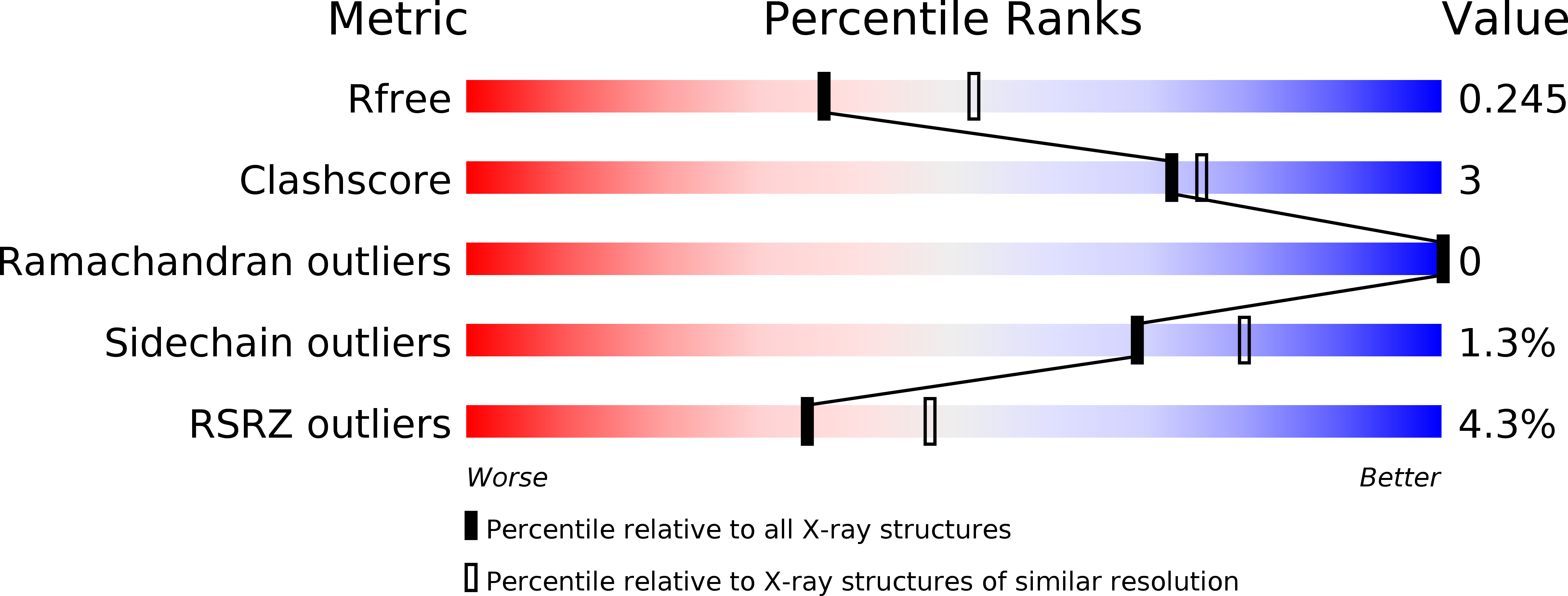
Deposition Date
2018-10-31
Release Date
2019-11-06
Last Version Date
2023-11-22
Method Details:
Experimental Method:
Resolution:
2.35 Å
R-Value Free:
0.24
R-Value Work:
0.18
R-Value Observed:
0.19
Space Group:
P 21 21 21


